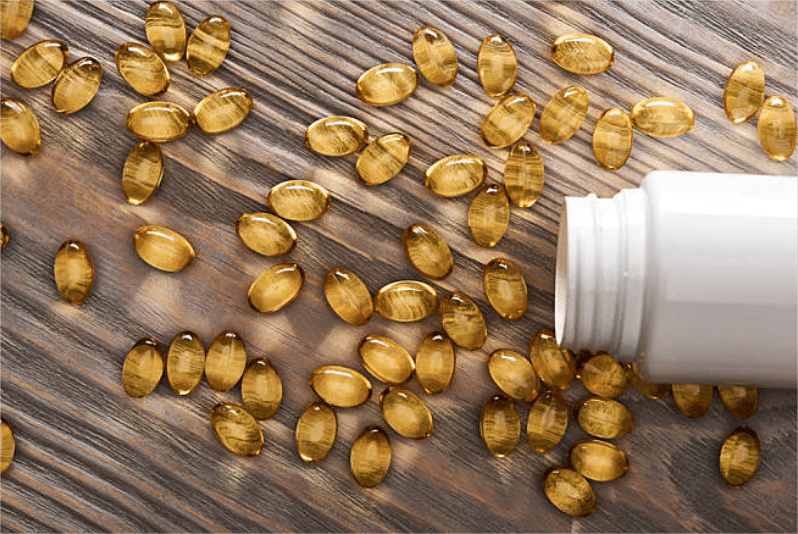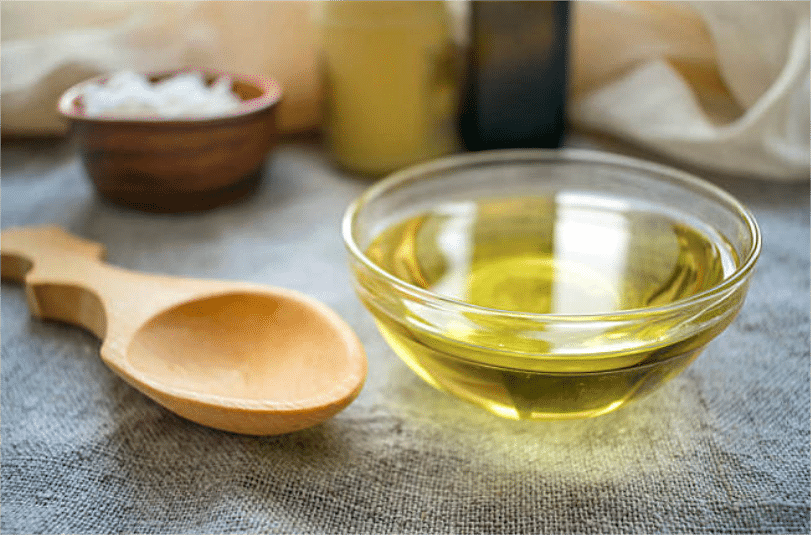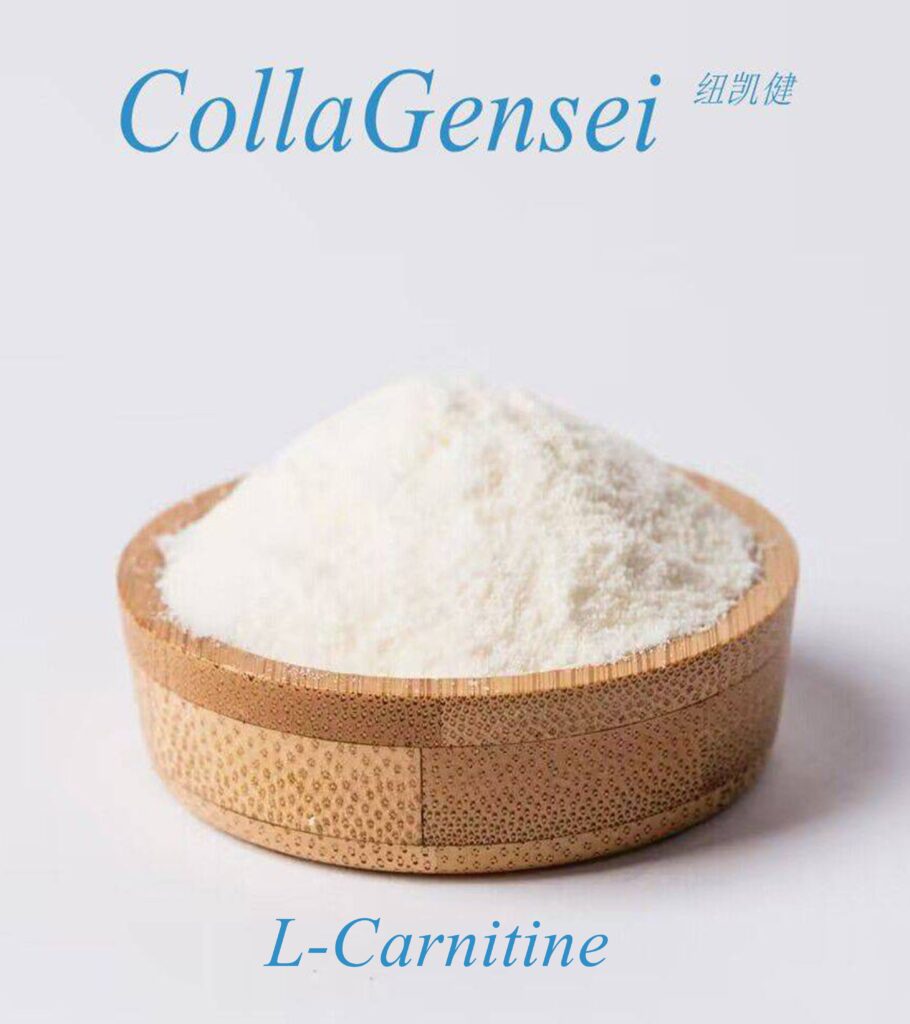Hydrolyzed collagen,is a type of collagen that has undergone a hydrolysis process. It’s a protein primarily found in skin, bones, muscles, and connective tissues, playing a crucial role in maintaining skin elasticity, joint health, and bone structure.
Undenatured Collagen Type II(UC-II), manufactured using a patented low-temperature extraction technique, is extracted from animal cartilage, preserving the complete triple helix structure and biological activity of Type II collagen. It’s often used as a dietary supplement or health product, believed to aid in relieving joint arthritis and pain, as well as promoting joint flexibility and health.
●Differences in Production Process:
Hydrolyzed Collagen
The manufacturing process typically involves exposing collagen to enzymes or acids. These enzymes or acids break down the peptide bonds of collagen, breaking it down into smaller peptide segments or amino acids. It’s crucial to precisely control the degree of hydrolysis in this process to ensure that the protein’s molecular weight is within the appropriate range, making it easier for the body to digest and absorb.
Undenatured Collagen Type II(UC-II)
The process of producing UC-II requires more emphasis on preserving the protein’s original structure and biological activity. Special methods such as low-temperature hydrolysis or enzymatic digestion are used to ensure that the natural three-dimensional structure of collagen is preserved during extraction and processing, thereby better retaining its biological function in the body.
●Differences in Raw Material Extraction:
Hydrolyzed Collagen
Hydrolyzed collagen typically comes from various animal sources, including bovine hides, porcine skins, fish scales, etc. These raw materials are usually processed through hydrolysis to reduce the molecular weight of collagen, making it easier for the body to absorb.
Undenatured Collagen Type II
UC-II is mainly derived from cartilage tissue, often extracted from chicken breastbones or other animal cartilage. Cartilage is an important tissue in joints and contains a large amount of type II collagen.
●Differences in Amino Acid Composition :
Hydrolyzed Collagen
Hydrolyzed collagen is composed of various amino acids. The type of collagen varies depending on the arrangement of molecules and the location of collagen utilization in the body. Scientists have identified 28 types of collagen, but typically, four to five types can be made into dietary supplements.
※Type I, the most abundant so far, is found in your skin, teeth, bones, tendons, and ligaments.
※Type II collagen accounts for about 90% of collagen in cartilage.
※Type III is found in the middle layer (dermis) of the skin, muscles, and blood vessels.
※Type IV supports thin layers of tissue in the kidneys, lungs, intestines, and eyes.
※Type V is found in hair and on cell surfaces.
Types I and III are most suitable for skin; Type II targets joint pain.
Undenatured Collagen Type II(UC-II)
UC-II contains amino acids similar to regular collagen, but its composition may vary mainly due to differences in amino acid sequences among different types of collagen. However, both UC-II and other types of collagen are composed of amino acids, and they contain a relatively wide variety and quantity of amino acids. In Undenatured Collagen Type II, due to its primary presence in cartilage tissue, its amino acid composition may be more specialized to meet the specific needs of cartilage tissue.
●Differences in Biological Activity:
Hydrolyzed Collagen
Hydrolyzed collagen has higher bioavailability because of its smaller molecular weight, making it easier for the body to digest and absorb. However, the hydrolysis process may reduce the biological activity of some proteins, especially in cases of over-hydrolysis.
Undenatured Collagen Type II(UC-II)
Due to its preservation of the original three-dimensional structure and biological activity, Undenatured Collagen Type II(UC-II) is considered to have better biological activity. It can more accurately simulate the body’s own cartilage tissue, providing stronger joint protection and repair.
●Differences in Main Usage:
Hydrolyzed Collagen
☑Beauty and Health: Hydrolyzed collagen is widely used in beauty and health products such as skincare, masks, and oral liquids. It helps increase skin moisture content, improve skin elasticity, reduce the appearance of wrinkles and fine lines, making the skin smoother and tighter.
☑Joint Health: Although hydrolyzed collagen contains a small amount of Type II collagen, its main components are Type I and Type III collagen. Therefore, it is also used in joint health products to relieve joint pain, improve joint function, and protect cartilage.
Undenatured Collagen Type II(UC-II)
☑Joint Health: UC-II is primarily found in cartilage tissue and is an important component of cartilage. Therefore, it is widely used in joint health products such as joint health tablets and cartilage nutrients. Undenatured UC-II supports the structural integrity and elasticity of cartilage tissue, reduces joint pain and inflammation, and promotes the repair and regeneration of joint cartilage.
☑Arthritis Management: Some studies suggest that supplementation with UC-II may be beneficial for managing arthritis. It can alleviate the pain and discomfort caused by arthritis, improve joint function, and increase joint mobility and comfort.
https://www.collagensei.com/wp-content/uploads/2024/07/Hydrolyzed-collagen.png



